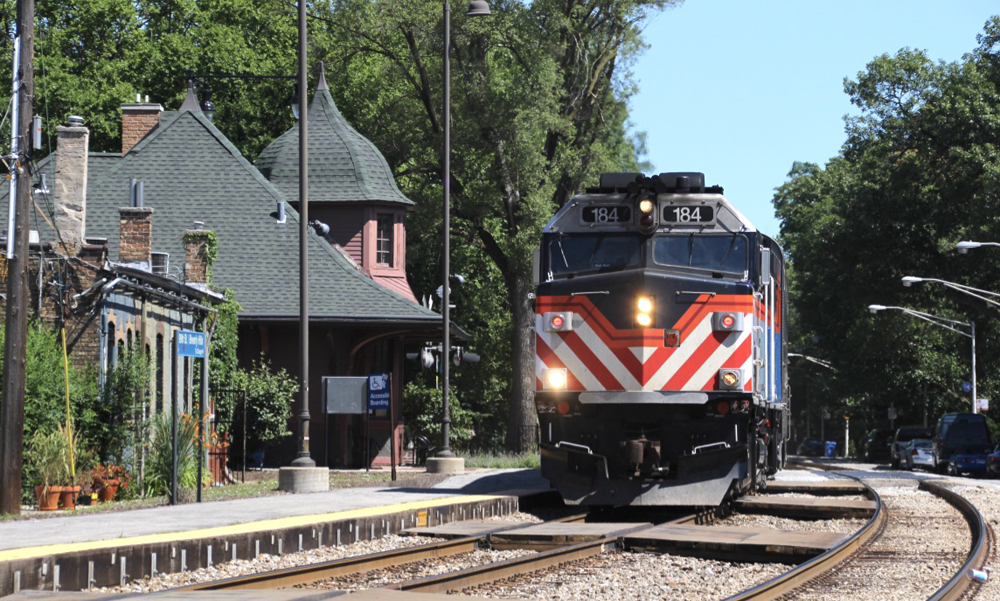
CHICAGO — The Metra board of directors has approved a Request for Proposals to convert three of Metra’s F40PH-3 diesels into battery-powered, zero-emission diesels, with the aim of awarding a contract this fall and having the first locomotive delivered 30 months later.

“This proposal could be game-changing,” Metra Executive Director/CEO Jim Derwinski said in a press release. “We have been monitoring the development of this technology for several years and believe the time is right to work with the industry and set a path for a brighter and cleaner future. …As we emerge from the fog of this pandemic, we see this as an opportunity to transform Metra, and to become a cleaner partner in the region.”
The proposal requires the converted locomotive to be fully compatible with all existing Metra equipment, capable of hauling trains of two to 11 cars at speeds up to 79 mph, operating on any line, and powering the onboard lighting, heating/air conditioning, and intercom systems. Companies responding to the request will have to address questions about operating distance, recharging time, ability to operate in Chicago weather, required supporting infrastructure and other issues.
The locomotives, which may be painted in a green adaptation of the Metra paint scheme to indicate their environmental characteristics, are likely to be tested on the Rock Island District’s Beverly Branch, which is relatively short (15.7 miles from the downtown La Salle Street station to Blue Island), although it includes 15 stations in that distance.






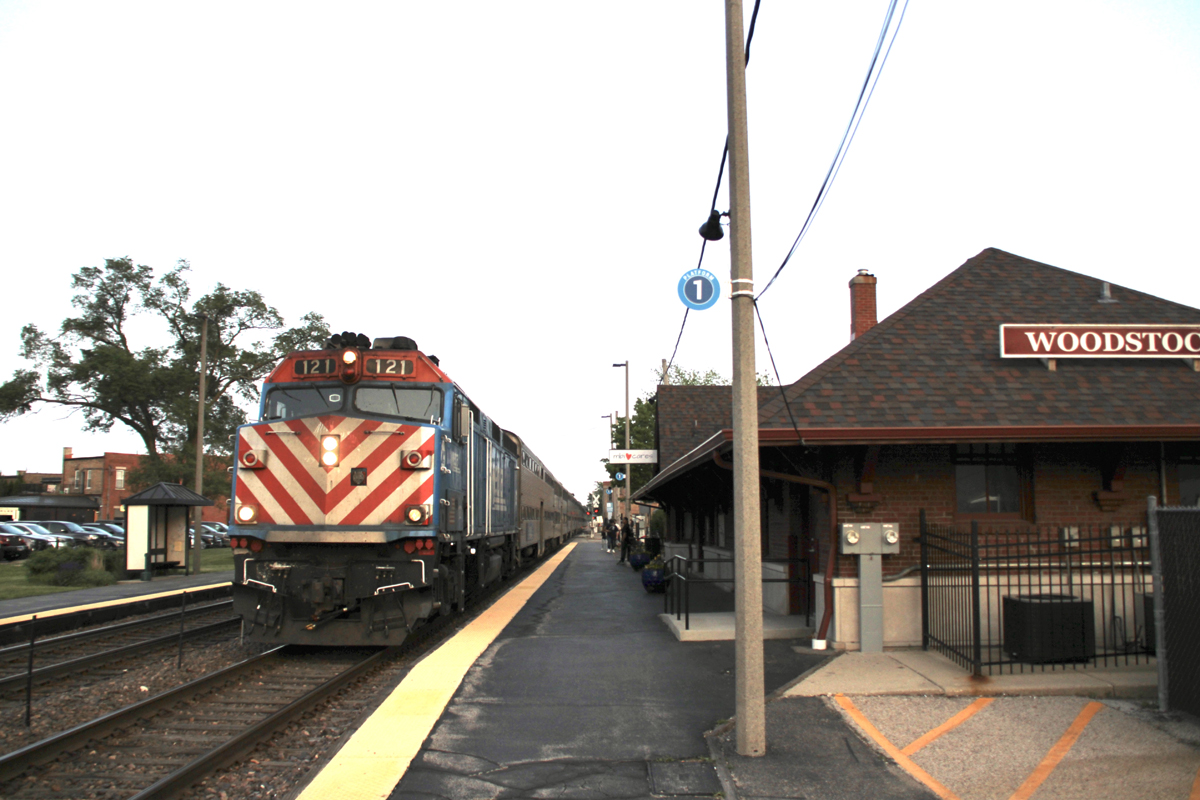
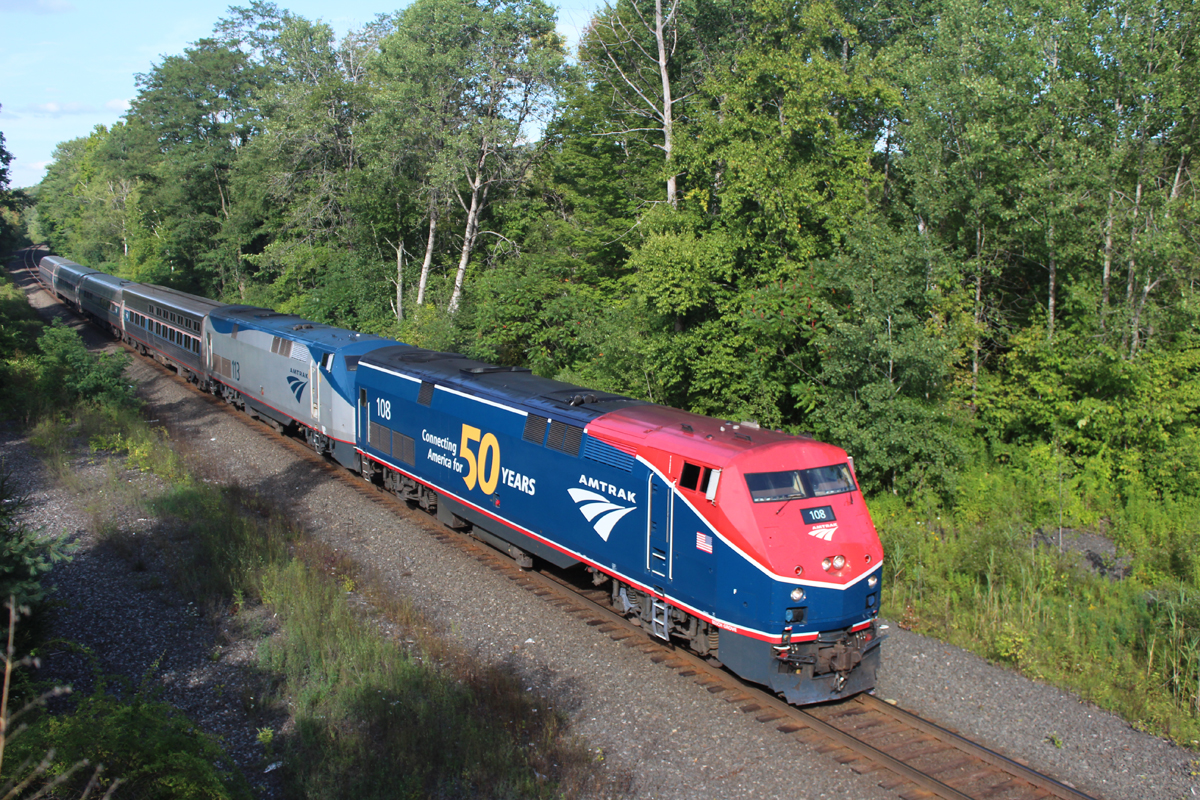
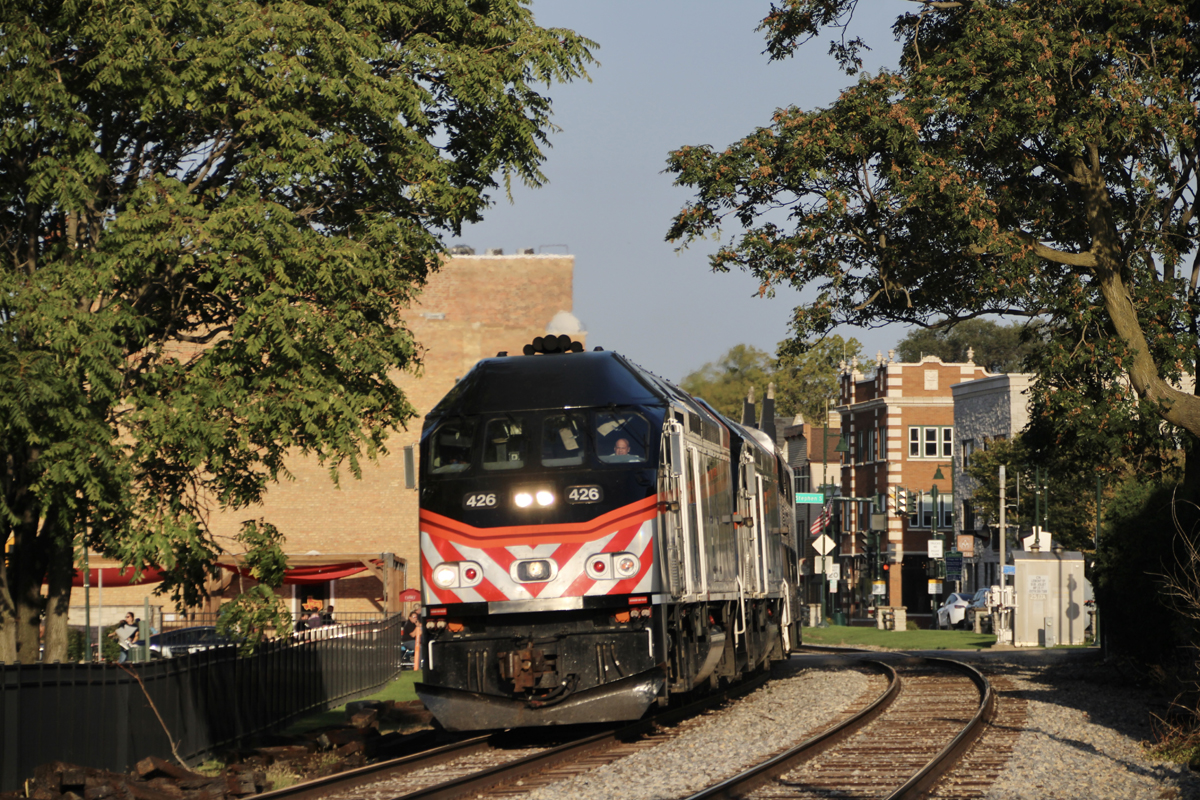
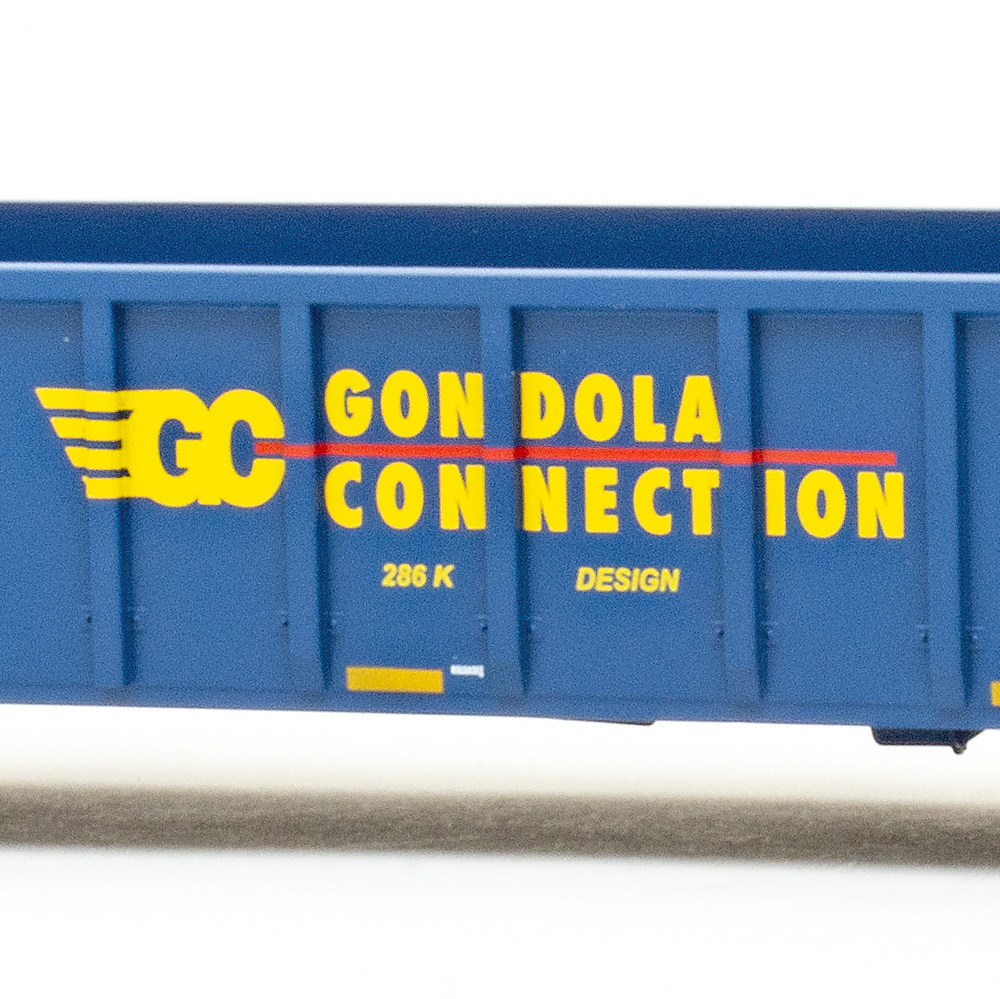




Other than that, I shore [sic] like the suggested color scheme as illustrated. And I think the F40PH is the handsomest locomotive to ever haul a passenger train save the E7s, 8s, and 9s. Their chunky, no-nonsense, get out of town fast look has always endeared them to me.
Howard, it’s about time more folks started asking what’s going to generate all the electricity needed for this and all the EVs some states are talking of mandating by the 2030s. Here in MA the governor wants no new gasoline-powered cars sold after 2035. Hey, I probably won’t be around to see how that plays out should the legislature pass it. But I don’t think the electric grid in this state, absent some major generation upgrades can handle the load for that plus everything else.
Some good comments above, but battery operations on several city blocks ain’t no comparison. Where do y’all get the electricity from. we can’t use coal but it’s OK for China to build them as fast as they can. No fossil fuel, and water be DAMED (poor smelt downstream). Atomic plants, no only for Iran. Wind ? sailboat fuel runs out hourly. Sun? ooops it sets. Battery technology, yea that one is just over the horizon ad infinitum . I love the “jump on the PR wagon” , government funded (oh us) locomotives that are sidetracked as soon as the handouts end. Lets hear the answers Howdy Doody Peanut Gallery
I would think that far more benefit for the buck would come from developing hybrid commuter locomotives which would reduce fuel consumption from regenerative braking, reduce emissions as the prime movers would run closer to a constant output and provide better acceleration.
But diesel locomotives don’t pollute munch of the air as automobiles do
Good point Jeff. If we had zero-emission diesels, we wouldn’t need battery power.
I do think this is a good route to test on due to it’s short length. The effect of the numerous stops can be mostly mitigated by using regenerative braking to charge the batteries.
“The Metra board of directors has approved a Request for Proposals to convert three of Metra’s F40PH-3 diesels into battery-powered, zero-emission diesels”?
There will be no diesel engines in these locomotives. 🙂
Number 1 issue with a battery powered locomotive is cycle life of the battery. This can be greatly extended with appropriate charge protocols (i.e. limit charge to 70 – 80% of capacity and discharge to 30 to 40% of capacity) combined with thermal management of the batteries (which is done with EV batteries).
Number 2 issue is where to get the electric power for the batteries, especially during a winter cold spell with little wind.
It’ll be interesting to see if some of these battery powered locomotives are going to be paired with short sections of DC catenary or third rail to power trains on grades and recharge locomotives. Some spots in Europe are moving in this direction, and this scheme would help with the charging protocols Mr. Magnuson mentions above.
Charles your comment adds nothing of value and just betrays your knee-jerk right wing bias. I seem to recall New York Central using battery powered locos on their west side line almost a century ago. The technology is working for cars, so it is time to adopt it to trains and trucks. LIRR is also going to try it with some existing electric mu cars. These attempts will have teething issues, but eventually this could be a game changer for transit systems–allowing electrified service to be extended without the high cost of stringing wires or third rail.
Follow the leader and do the bidding of the morally bankrupt administration of President Kamala Harris.